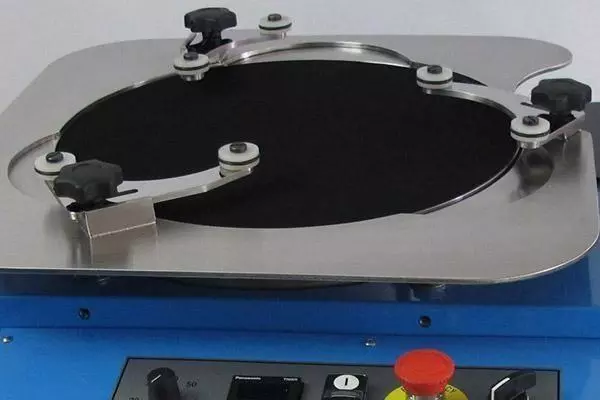Lapping Differences: Grinding, Polishing, Honing, Stropping and Sanding
When it comes to achieving a smooth and shiny surface finish, there are several techniques that can be employed. Lapping, grinding, polishing, honing, stropping, and sanding are some of the most popular methods used in industries such as metalworking and woodworking. Although these techniques may seem similar, they are actually distinct processes with different objectives and results. While lapping, grinding and honing are used to remove material from a workpiece, polishing, stropping, and sanding are used to achieve a smooth and shiny surface finish. Understanding the differences between these techniques is crucial in choosing the right method for a specific application.
Lapping vs Grinding
Although both lapping and grinding can be used to finish metal surfaces, they vary in their methodology and the outcome they can achieve. Lapping is ideal for creating extremely smooth and flat finishes with exact surface finish and flatness tolerances, whereas grinding is more effective at swiftly removing material. Knowing the distinctions between these two techniques can assist you in selecting the most suitable approach for your specific use case.
One of the main advantages of lapping over grinding is the ability to achieve a high degree of flatness and surface finish without introducing subsurface damage. Lapping removes only a small amount of material from the surface, resulting in a very fine finish with no micro-cracks or other defects. This makes it ideal for finishing delicate or brittle materials that may be prone to cracking or chipping during grinding. Grinding is a more aggressive process that can remove larger amounts of material from the surface, making it more efficient for removing surface defects or preparing a surface for further machining. Grinding can also be used to produce specific surface textures or patterns, such as cross-hatching or grooving, that are not possible with lapping.
Lapping vs Polishing
While both lapping and polishing use abrasive compounds to achieve a smooth surface, the major difference between the two methods lies in the size and shape of the abrasive particles used. Lapping typically uses larger abrasive particles that are suspended in a liquid, whereas polishing uses smaller particles that are embedded in a pad or wheel. Another significant difference between lapping and polishing is the amount of material removal that occurs during the process. Lapping involves the removal of a small amount of material from the surface, typically no more than a few microns. The tools used in lapping and polishing are also different. Lapping typically uses a flat lapping plate, whereas polishing uses a soft pad made of materials such as felt or leather.

Lapping vs Honing
Lapping and honing are two closely related machining processes that, despite their similarities, have distinct applications. The lapping process is primarily utilised to attain a superior surface finish and parallelism on flat or spherical components. Conversely, honing is predominantly employed to enhance the geometric precision of cylindrical components, such as bores and tubes. In the honing process, abrasive material or stones are mounted on a rotating spindle and oscillated in a reciprocating motion against the workpiece.
Lapping vs Stropping
Both lapping and stropping are effective methods for sharpening blades, but they have different applications and use different techniques. The main difference between lapping and stropping is the type of tool used. Lapping requires a flat surface, such as a lapping plate, to create a consistent angle and remove material evenly. Stropping, on the other hand, requires a flexible surface, such as a leather or fabric strop, to contour to the blade's edge and polish it effectively. One advantage of lapping is that it can remove more material from the blade's edge, allowing for a more significant change in the blade's shape and angle. This can be useful for repairing damaged blades or changing the angle of the edge to better suit a specific task. Stropping, on the other hand, is better for maintaining an already-sharp edge, as it polishes and refines the existing edge without removing too much material.
Lapping vs Sanding
One of the main differences between lapping and sanding is the level of precision they offer. Lapping is a highly precise process that can achieve very fine surface finishes with tight tolerances. This makes it ideal for applications where precision is critical, such as in the manufacturing of high-precision components. Sanding, on the other hand, is a more general-purpose process that can achieve a range of surface finishes, from coarse to fine. While sanding can be used to achieve a high level of precision, it is typically not as precise as lapping.
The equipment and techniques used for lapping and sanding also differ. Lapping requires specialised equipment such as a lapping plate, lapping machine and diamond slurry dispenser. It also requires a higher level of skill and training to ensure that the correct pressure and speed are applied during the process. Sanding, on the other hand, can be done with a wide range of equipment, from hand-held sandpaper to power sanders and grinders. While sanding also requires some skill and technique, it is generally easier to learn.
